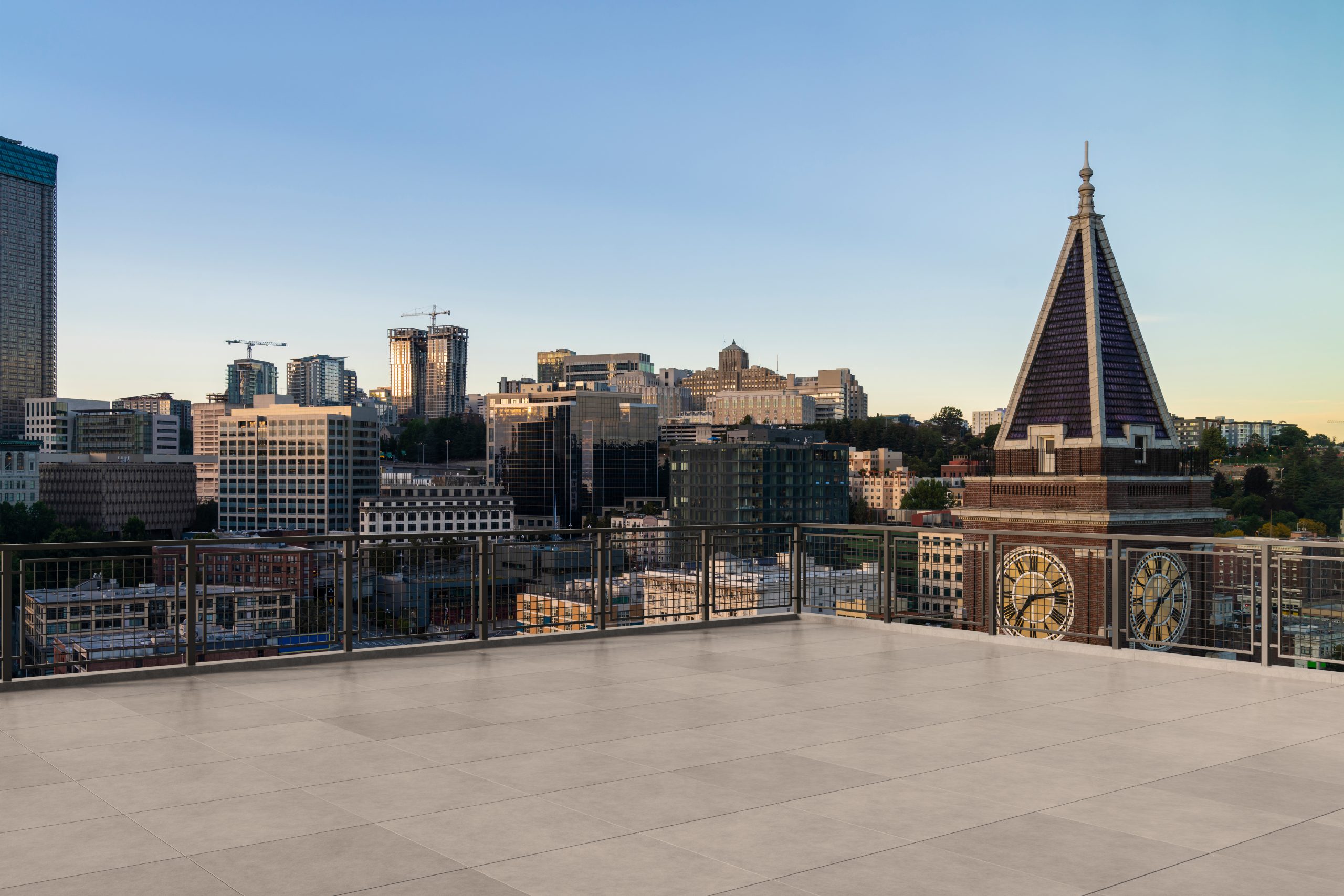For roofers and waterproofers, the new generation of ultra-sound infrared moisture detectors has given us an almost fail-safe tool for detecting leaks. Of course, with a lot of the guesswork alleviated, we often find ourselves having to talk the customers out of a repair simply because we know they don’t need it.
I recently gave an unusual estimate to a building owner who had a problematic wall leak: I told him to try new radiator valves first because he probably did not need my services. After getting over the shock, he explained that a few of my competitors had already recommended resurfacing the outside contiguous wall.
But by using my high-tech moisture detector, I saw no indication of a leak, only moisture emanating from the radiators; in cases like these, common sense can be as valuable as both education and the progress of technology.
To implement the installation of a state-of-the-art roofing surface at the Reuters Building at 116 John Street, we had to literally stop the news for a day- at least the traditional reception of it: The antennas were shut down so that my crew could raise the steel dunnage and permanently reposition the high-tech receivers off the new roof.
The job entailed demolishing the entire roof down to the concrete skeleton to make the kinds of repairs that ensure proper drainage and eradicate the leaks. For this, we used multiple layers of hot tar and felt, along with a modified bitumen membrane.
While working with a new contractor or firm can sometimes lead to lower pricing, there are some instances where an experienced hand is beneficial. Let us say you’re putting down a 20-year roof system. I can provide you with a cutting-edge, 30-year roofing system even though the 20-year warranty is standard now. And I have the longevity to guarantee it. Twenty or thirty years is a long time, and it may not be the best decision to hire a roofing contractor that has not been around for even half that time. What are the chances that a new company will be around to cover the warranty?

